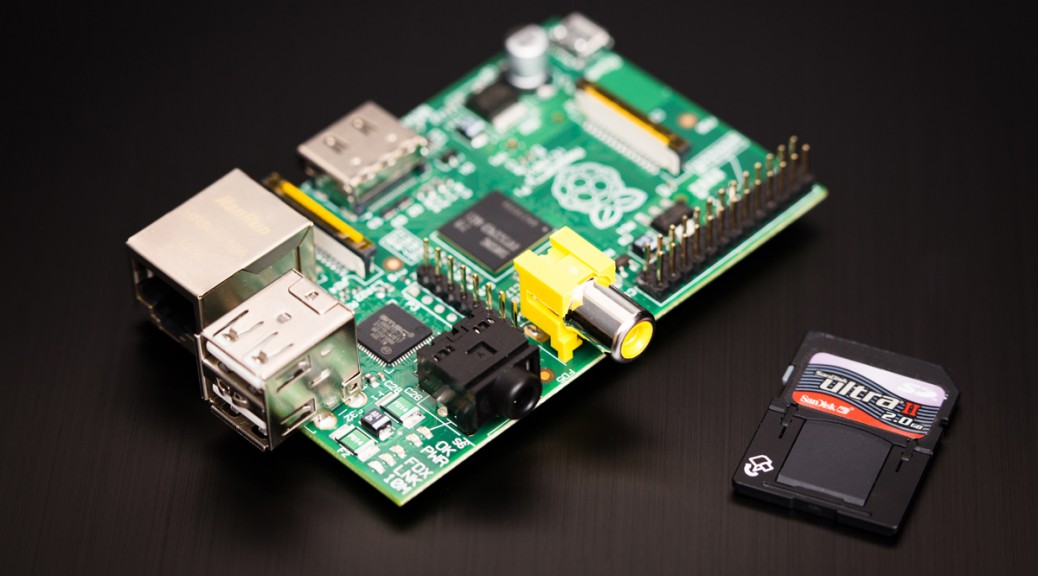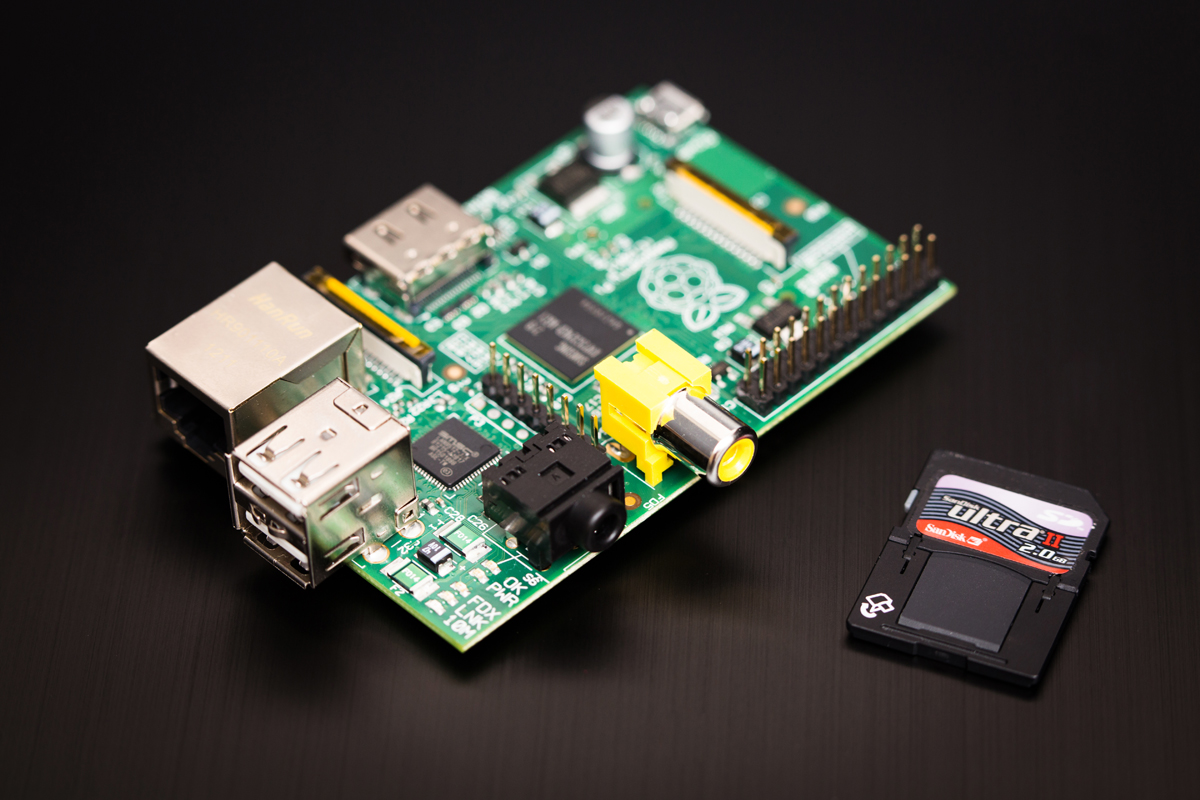I’m writing a series for The Lake Erie Amateur Radio Association newsletter The Spirit of ’76 and ’88 about microcomputers. Here is the first article that appeared in the February 2014 edition. The series also appears in The Wood County Amateur Radio Club newsletter CQ Chatter April 2014 edition. The series is titled “Dongle Bits.”
Read the rest of the series in the Dongle Bits articles category.
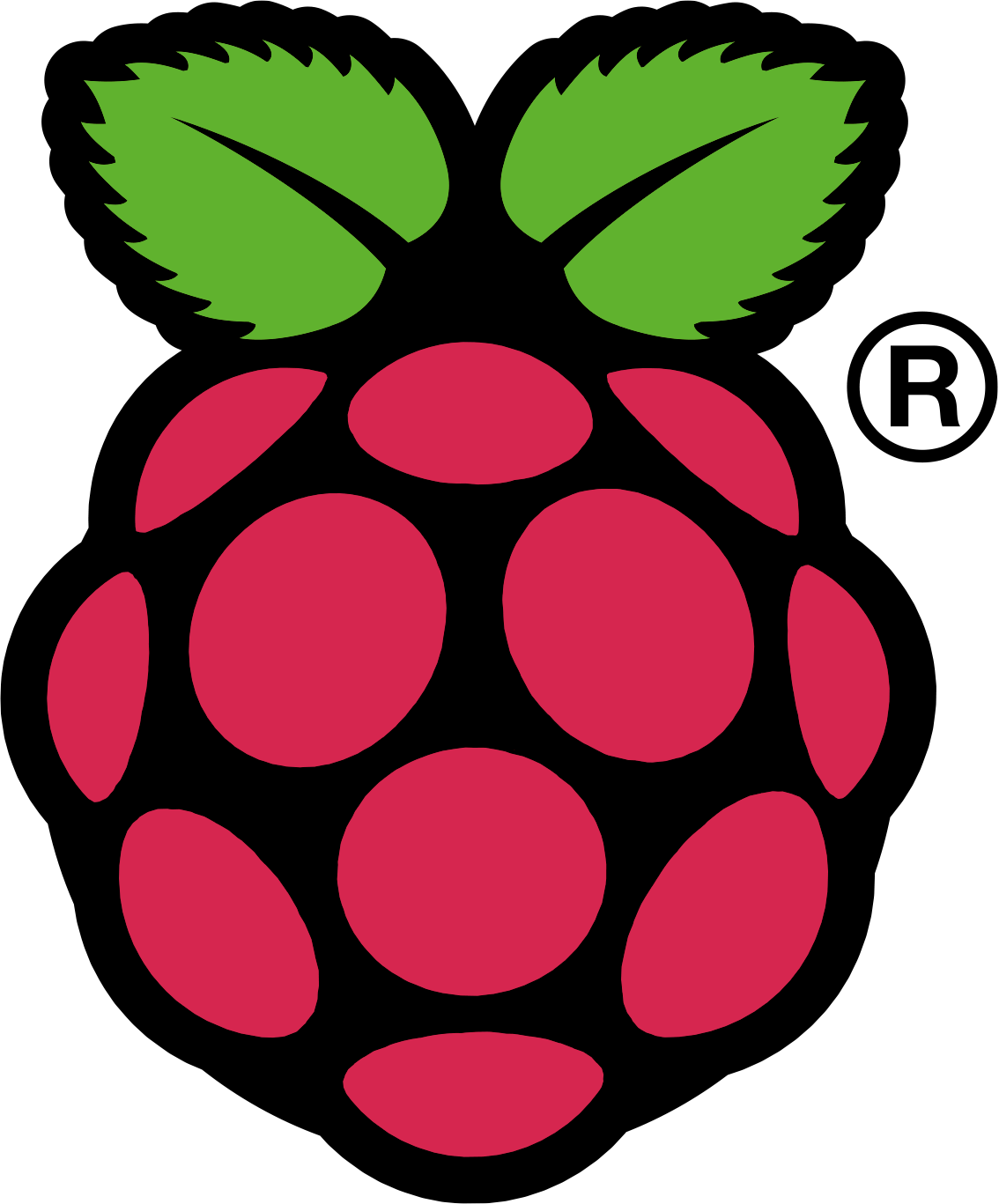 I first heard about the Raspberry Pi about a year and a half ago on a podcast I watch called Hak5 in episode 1117. The founder created these small, cheap computers to promote computer science skills in schools. I liked the idea because students would be using technology standards like the ARM processor, HDMI, and Linux. ARM processors are used in many embedded systems because of its system-on-a-chip architecture. It may include the CPU, video, audio, memory, and input/output interfaces on a single chip. ARM processors are used in just about every smartphone and tablet.
I first heard about the Raspberry Pi about a year and a half ago on a podcast I watch called Hak5 in episode 1117. The founder created these small, cheap computers to promote computer science skills in schools. I liked the idea because students would be using technology standards like the ARM processor, HDMI, and Linux. ARM processors are used in many embedded systems because of its system-on-a-chip architecture. It may include the CPU, video, audio, memory, and input/output interfaces on a single chip. ARM processors are used in just about every smartphone and tablet.
Two current popular micro boards are the Arduino Uno and Raspberry Pi. Galileo is a recent Arduino clone from Intel using their architecture. Devices like these are innovations coming out of a prolific DIY, maker/hacker, and education communities. Just to point out, “hacker” in the sense that hams were considered the first hackers: modifiers and builders. Not the people that steal your credit card data.
This overview will focus on the Raspberry Pi. I see more projects using it and I chose it because of my familiarity with Linux. The Raspberry Pi Foundation describes the device as “…a credit-card sized computer that plugs into your TV and a keyboard. It is a capable little computer which can be used in electronics projects, and for many of the things that your desktop PC does, like spreadsheets, word-processing and games. It also plays high-definition video. We want to see it being used by kids all over the world to learn programming.”
(http://www.raspberrypi.org/faqs#introWhatIs).
The “Pi” comes in 2 versions, revision A & B. Rev. A sold for about $25 and had fewer components. Rev. B is about $35 and comes fully assembled. For simplicity, I will talk about rev. B as it is the current standard. It’s a great choice for all kinds of projects due to the price point. If you’re doing a project and blow up your Pi, it’s not going to break the bank replacing it compared a desktop. The specs are:
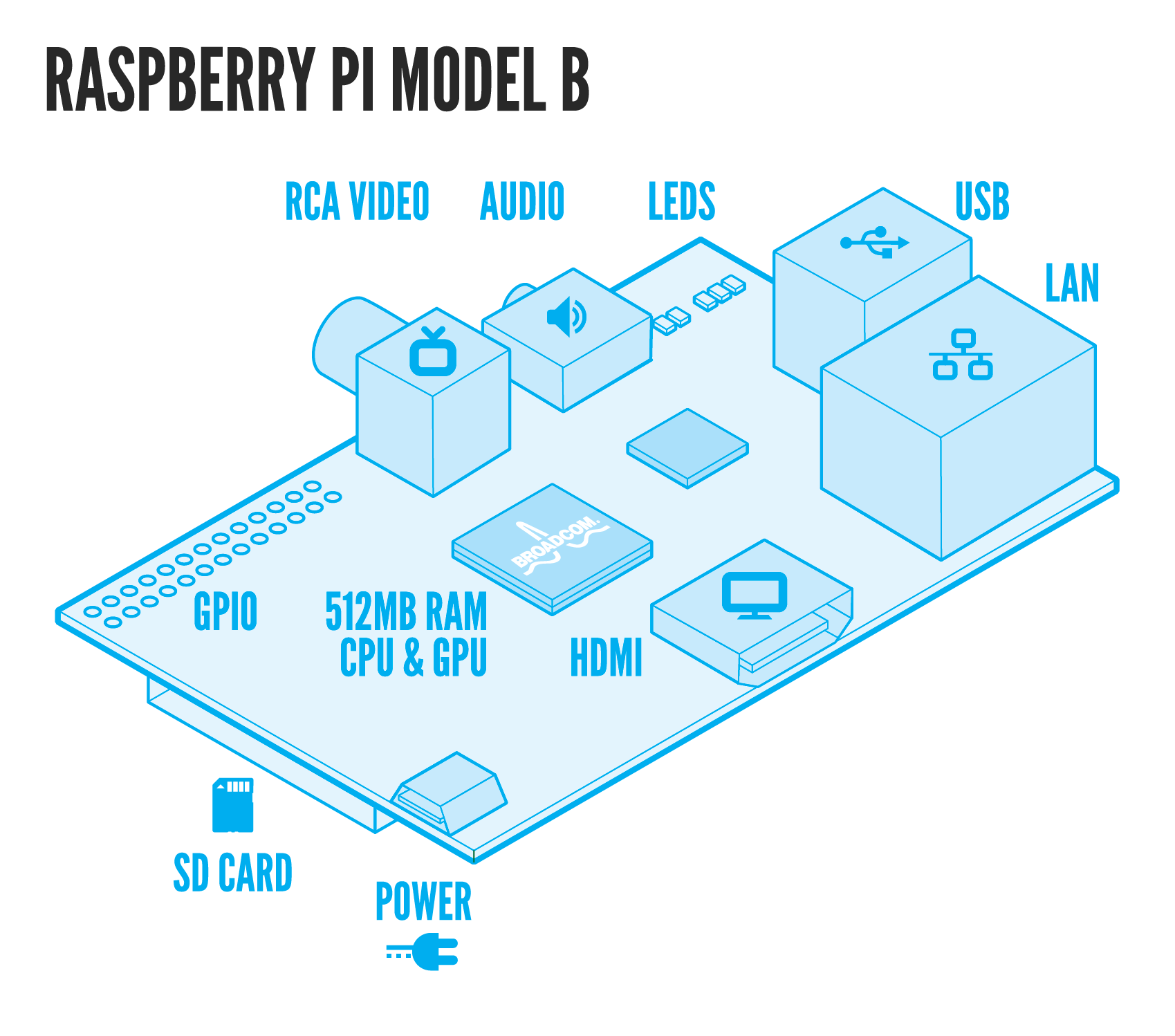
• Weight of 1.6oz.
• 512 MB shared RAM.
• Video input connector for the optional Raspberry Pi camera.
• Video output over RCA or HDMI.
• Audio out over HDMI or 3.5mm headphone jack.
• SD card storage.
• 2 USB ports.
• 1 microUSB for power.
• 10/100 Ethernet.
• GPIO header (General purpose in/out).
(http://en.wikipedia.org/wiki/Raspberry_Pi)
On the software side, the Raspberry PI can run various distributions of Linux. A distribution is the kernel operating system distributed with different tools and programs. Weezy Raspbian is the standard distribution. Project authors may further customize a distribution or make one of their own. As an example, the Occidentalis distribution has modules for Pulse Width Modulation (PWM) and servos already loaded.
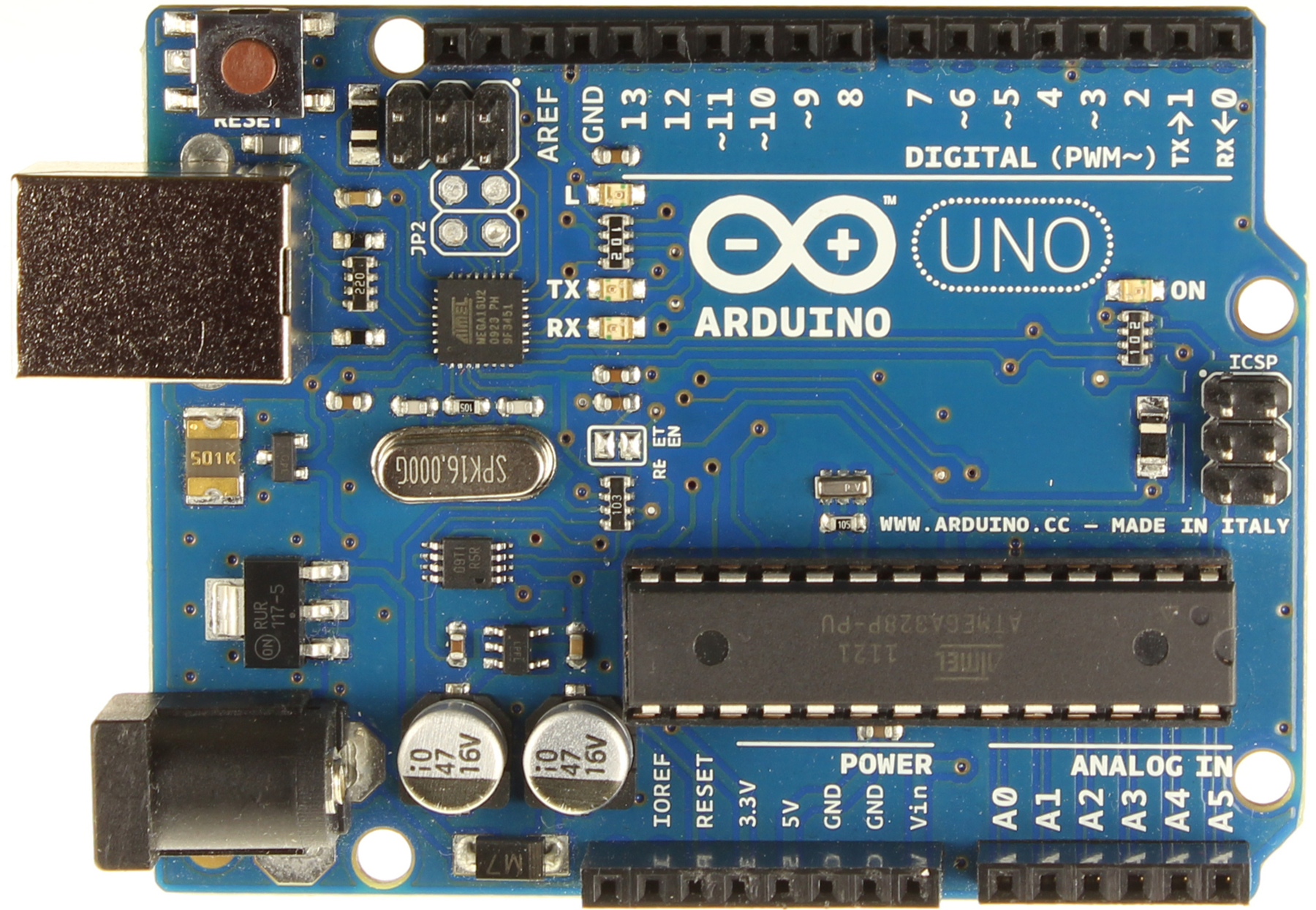
Though the Arduino and Raspberry Pi are similar devices, they are very different. The Arduino boots its firmware which allows access to all features over the USB port. An application can be loaded or have it run an instruction set when it boots. It is very simplistic in that it can read sensor data, process data, and produce output. All of this functionality must be programmed into this micro-controller.
The Raspberry Pi can run a full operating system with internet browsing, word processing, games; making it a micro-computer. The Pi does not have a Real Time Clock (RTC). The time is expected to be set via the Internet. Development and hacking of the Pi is typically software based, but it can do functions via the GPIO pins. It is a better choice for embedded systems and projects that require interactivity or greater processing power. A new project or other operating system can be loaded by changing SD cards.
(http://codeduino.com/information-and-news/hardware/arduino-vs-raspberry-pi/
http://www.makeuseof.com/tag/arduino-vs-raspberry-pi-which-is-the-mini-computer-for-you/)
A common issue with the Pi is that it can be “touchy.” Problems are usually related to peripheral incompatibilities and lack of current. The Pi should have at least a 1A power supply. If more than two USB ports are needed, use a powered USB hub. When purchasing the Pi and associated hardware, my strong recommendation is to check reviews, the verified components list, or use AdaFruit. Everything on that page will work with the Pi. There are great DIY projects and tutorials on AdaFruit.
I have been telling people Google (or Bing, you know, whichever) “Raspberry Pi [your hobby]” or poke around project sites for ideas. You’re bound to find something interesting!
The coming articles in this series will touch on some Raspberry Pi projects and cover other computer related projects.
